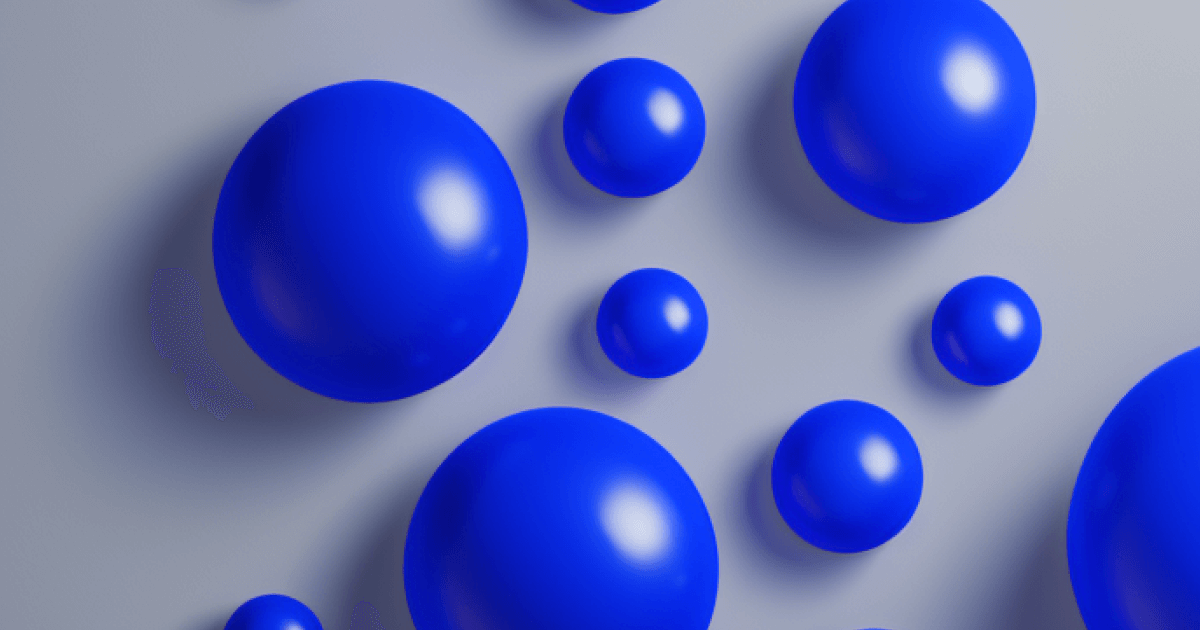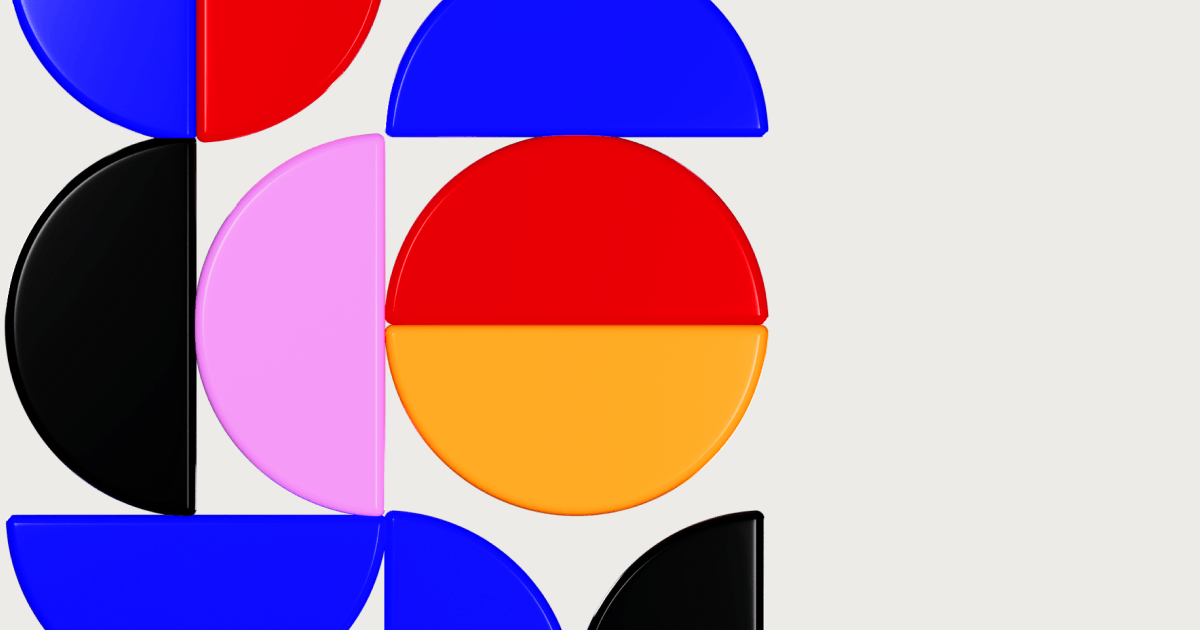Design
10 min read
How to Discover Your Product's Aha! Moment
The Aha! moment, also known as the eureka effect, is over a century old but it has recently started to emerge in the product designer/manager vocabulary. And it’s not just a buzzword.
What is the Aha! Moment in product delivery?
The Aha! moment is when a user suddenly realises the core value they get from a product. It’s not a rational analysis of the product’s capabilities but a pleasant emotional reaction to a specific feature, interaction or experience that clicks with them. “Wow! That’s awesome! That’s exactly what I needed!”
According to Sean Ellis and Morgan Brown, as published in their book “Hacking Growth”, the Aha! moment is “the moment that the utility of the product really clicks for the users; when the users really get the core value – what the product is for, why they need it, and what benefit they derive from using it. Or in other words, why that product is a “must have”. This experience is what turns early adopters into power users and evangelists.”
From a design and UX point of you, we believe the Aha! moment could be extended even further. Aha! moments are all the delightful interactions and “wow” moments that create a powerful impression and enhance the perception of a product superiority and value. This is especially valid for new products where the first few moments of interacting with your product are critical. Think Slack’s magic link instead of a password or Instagram camera effects (Snapchat style). These features are not their core value, but they make you think that the product is “something”, you’re subconsciously intrigued by the product’s potential.
Aha! moment examples
Let’s cover a few examples from world-famous brands.
- Twitter – the team discovered early on that a user needs to follow at least 30 people to see the value of Twitter.
- Facebook – for Facebook the minimum number of friends to get you hooked was “7 friends in the first 10 days”.
- Slack – they found out that team members need to exchange around 2,000 messages to feel its real value.
- Uber – seeing where your car is at the touch of a button
- Domino’s app – “visualising” your pizza in the oven shortly after you order it
- Whatsapp – group chats were a strong Aha! moment for early adopters
- For service businesses, this could be an extremely well-organised and communicated process/delivery framework that differentiates them from their competitors.
How to figure out your Aha! moment?
As you can see from the examples above, the Aha! moment could be very different from product to product and things get more challenging when it differs for different user segments.
Let’s look at the process of identifying your Aha! moment step by step:
Step 1 – Identify your power users
Unlike in typical UX where you’d be looking for loopholes in the user journeys to help you improve the product, discovering your Aha! moment starts with identifying your power users and what they love about your product.
To do this, you can use a survey to find out the people who’d be “very disappointed” if your product disappears tomorrow, or rely on your customer data and create a segment with your most active users. The segmentation filters here vary from product to product, but you’re basically looking for your “evangelists” who use your product on a daily/weekly basis to serve their needs.
Step 2 – Find behavioural patterns that relate to retention
The task here is to identify what features or part of your offering make your power users come back and why they have chosen your product.
Depending on the size of your userbase and the tools you’re using, this could be automated or you can conduct in-depth qualitative research. As a rule of thumb, you’d be looking for behavioural patterns of your power users – what did they do differently from the users who churned? Is there a particular action they took or a section they visited that made them come back again? Or is there a particular need they had that the other users didn’t?
Remember – you’re looking for patterns, not for interesting points raised by individual users. The challenge in this step is to avoid biases and assumptions that come from your gut feel. Focus on analysing the real actions of your users. It’s extremely important to not force this step, some products just don’t have clearly defined Aha! moments and pushing the process in the wrong direction might have negative consequences for your product.
Ideally, the process will be a combination of analysing customer data points coming from tools like Amplitude, Mixpanel, Heap or another, AND then conducting 1:1 interviews with a few of your power users. This would really give you the full picture what might have delighted these users so much that your product was the winner for them.
What sort of findings should you be looking for
These could be: visitings a specific section more often than others; connecting external tools that you built an integration for; watching X seconds of your intro video; connected a specific social account; turned on a hidden feature you never expected to have a significant value, etc. Look for any specific actions that a big chunk of your retained customers took. The aim is to find out what they did differently from the people who churned.
Example: Imagine you’re having a property management app for real estate agents. You’d expect them to use it for managing contractors, scheduling viewings, communicating with the home owners, etc. And they do. But after carefully analysing your power users data, you find out that 70% of them have connected their external calendar to your app calendar. Then you have 1:1 interviews and 8 out of 10 power users share that they like your calendar so much that they often use it instead of their usual calendar, as it’s automatically populated based on their scheduled tasks. Bam! You have identified a powerful Aha! moment.
Step 3 – Test the“assumed” Aha! moments with new users
You should have a list of behavioural patterns (from Step 2) that you believe impact your user retention. However, these are still hypotheses.
Now you should start to reverse-engineer the path of your power users and apply it with new users. You’ll be testing your hypotheses.
Can you make the Aha! moment a more central part of your product and marketing messaging so you can take advantage of it as early in the user journey as possible?
Example: Going back to our property management app example – can you push new users to connect their calendar with the app as early as possible, even during the onboarding, and include contextual content bits in relevant sections of the app to showcase its value.
Ideally, you should be aiming for presenting the user with the Aha! moment during the onboarding, but that’s not always possible. For some products, the value discovery process takes longer and the Aha! moment is reached after a few days of use, so you should build a few “surprise & delight” interactions prior to the big Aha! moment to keep them intrigued.
It’s always essential to test if the new changes are positively influencing your metrics and the best way to do this is to A/B test the two variations with a segment of new users. Sometimes the assumptions might be wrong, that’s why discovering the Aha! moment is an exciting, but often bumpy road full of “trial and error”.
Example: the power users of our property management app might have been delighted by the calendar feature simply because they were using a crappy calendar app and your retention rate doesn’t change much even after you push the assumed Aha! moment.
Final thoughts
I’m sorry to break it to you but your product might not have an Aha! moment. Users might be using it for a number of reasons (lack of strong competitors, out of habit, etc) and this doesn’t mean it’s a bad product. However, it means that it’s not ready for real growth.
Exponential growth starts once you have identified what your Aha! moments are and you have mastered a way to speed up the process of value discovery for your new customers.
Although we never stop looking for creative ways to communicate our product value (and we shouldn’t!), the core of the most successful Aha! moments is meeting a real need and solving a painful problem better than anyone else.
As Oprah Winfrey puts it, “you can’t have an Aha! moment unless you already knew it. The Aha is a remembering of what you already knew, articulated in a way to resonate with your own truth”.























